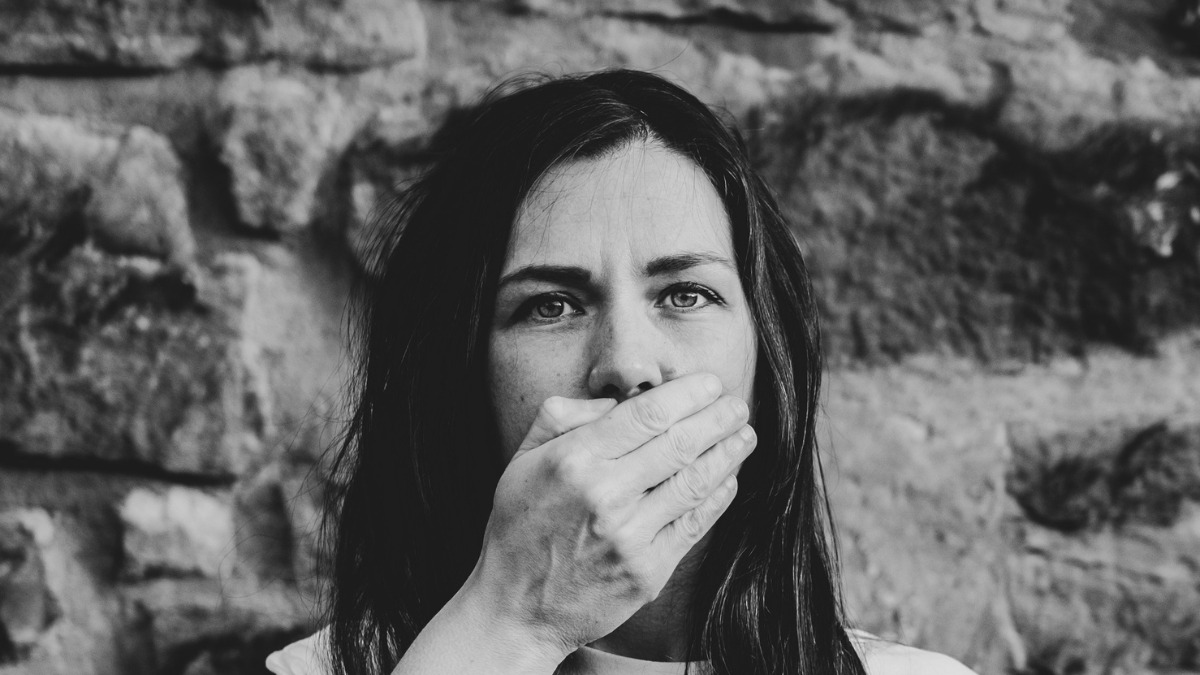

BreakPoint
In-Your-Face Art
Genuine art has given way to "radical politics" and "victim chic," says columnist Jeff Jacoby. And his words are vividly borne out by an infamous art project hatched a few years ago at the University of Maryland. When students came to campus one day, they found hundreds of fliers saying, "Notice: These men are potential rapists." Below were listed the names of 50 male students. In the outcry that followed, it turned out that the men were not in fact suspected rapists. The names had been taken at random from a phone directory as part of a project intended to highlight the problem of date rape. The idea was hatched in a class on Contemporary Issues in Feminist Art. The fliers were paralleled by a piece of performance art, where female students in black gowns and hoods read lists of randomly chosen girls' names-who, they said, are all "potential victims" of rape. The project was a controversial example of art degraded to pure politics. Art was once regarded as the expression of a civilization's highest ideals. The great painters and sculptors gave visual form to a shared communal vision of the good and the beautiful. But modern artists would laugh at that definition. The West no longer has a shared communal vision of what is good and beautiful. In the eighteenth and nineteenth centuries, the loss of belief in God was soon followed by the loss of belief in any transcendent ideals or standards. This is expressed in the philosophy of existentialism, which says there is no higher truth; each individual makes up his own truth. Existentialism is the root of situation ethics, which rejects objective standards of right and wrong. And it is also the root of modern art, which rejects objective standards of form and beauty. This explains why you can walk into a museum of modern art today and see things like a stack of bricks or a box of kitty litter or even an empty picture frame-all labeled as "art." Remember Andy Warhol with his famous paintings of Campbells soup cans? His point was that there are no special standards defining what art is. But people cannot live without standards, without ideals to give significance to their actions. As a result, many contemporary artists try to find a wider purpose for their art in politics. The students with their lists of "potential rapists" and "potential victims" were subverting art to feminist politics. Another recent example was an art show at New York's Whitney Museum, where all visitors were required to wear a pin saying, "I can't imagine ever wanting to be white." It was art subverted to minority politics. The ironic side to all this is that when Christians and conservatives object to politicized art, we're denounced as anti-cultural bigots, as enemies of art. But the truth is just the opposite. The real enemies of art are the radicals who reduce art to a tool of a political agenda. Christians are on the right track when we protest radical art. But we need to make it very clear that our purpose is not negative but positive: Our goal is to defend real art against the politicized propaganda that so often passes as art these days. And what is real art? For an answer, tune in tomorrow.
07/13/95















